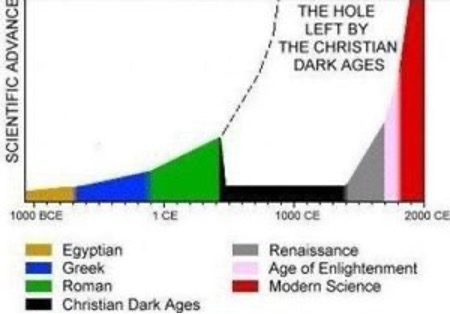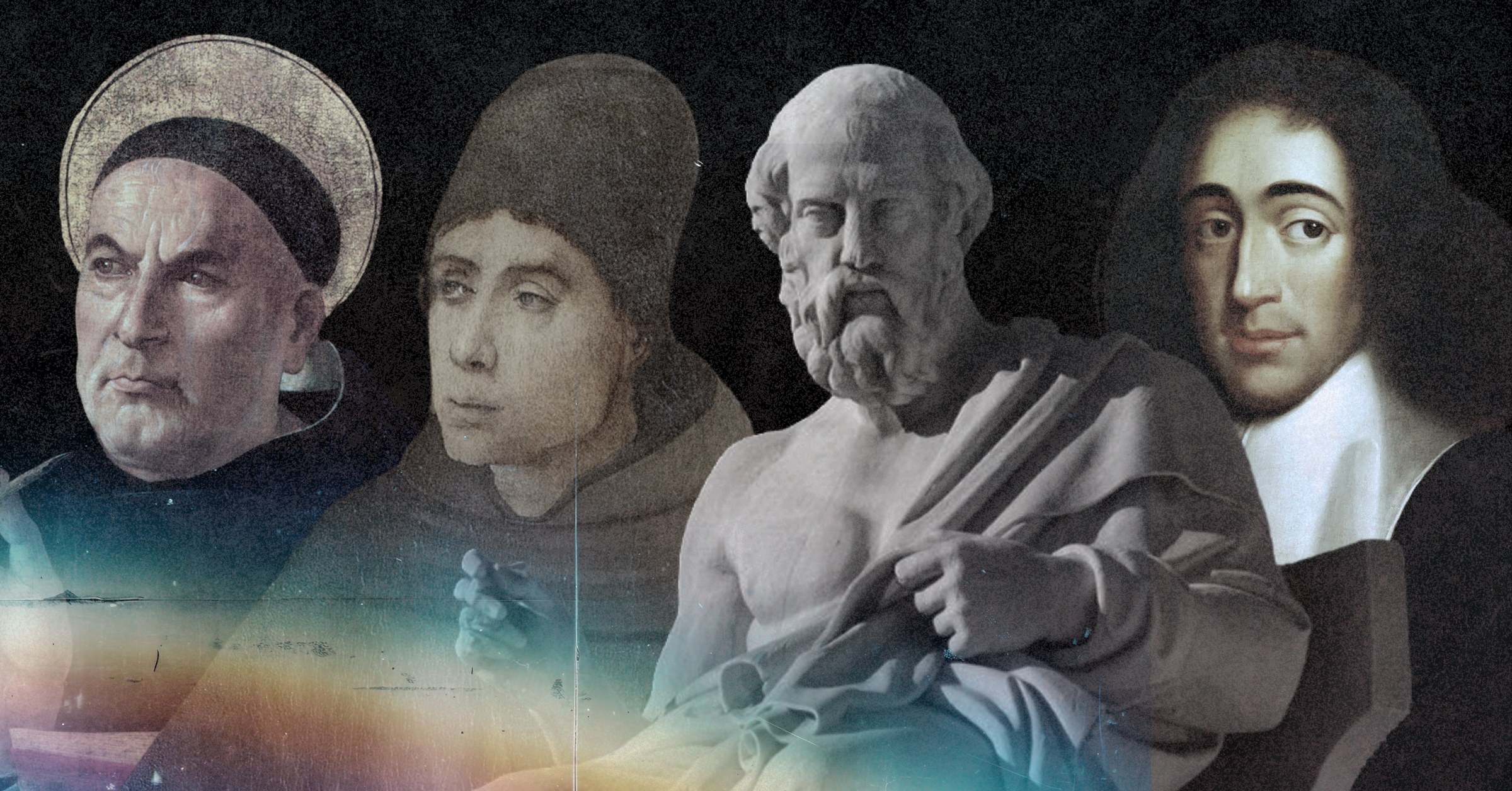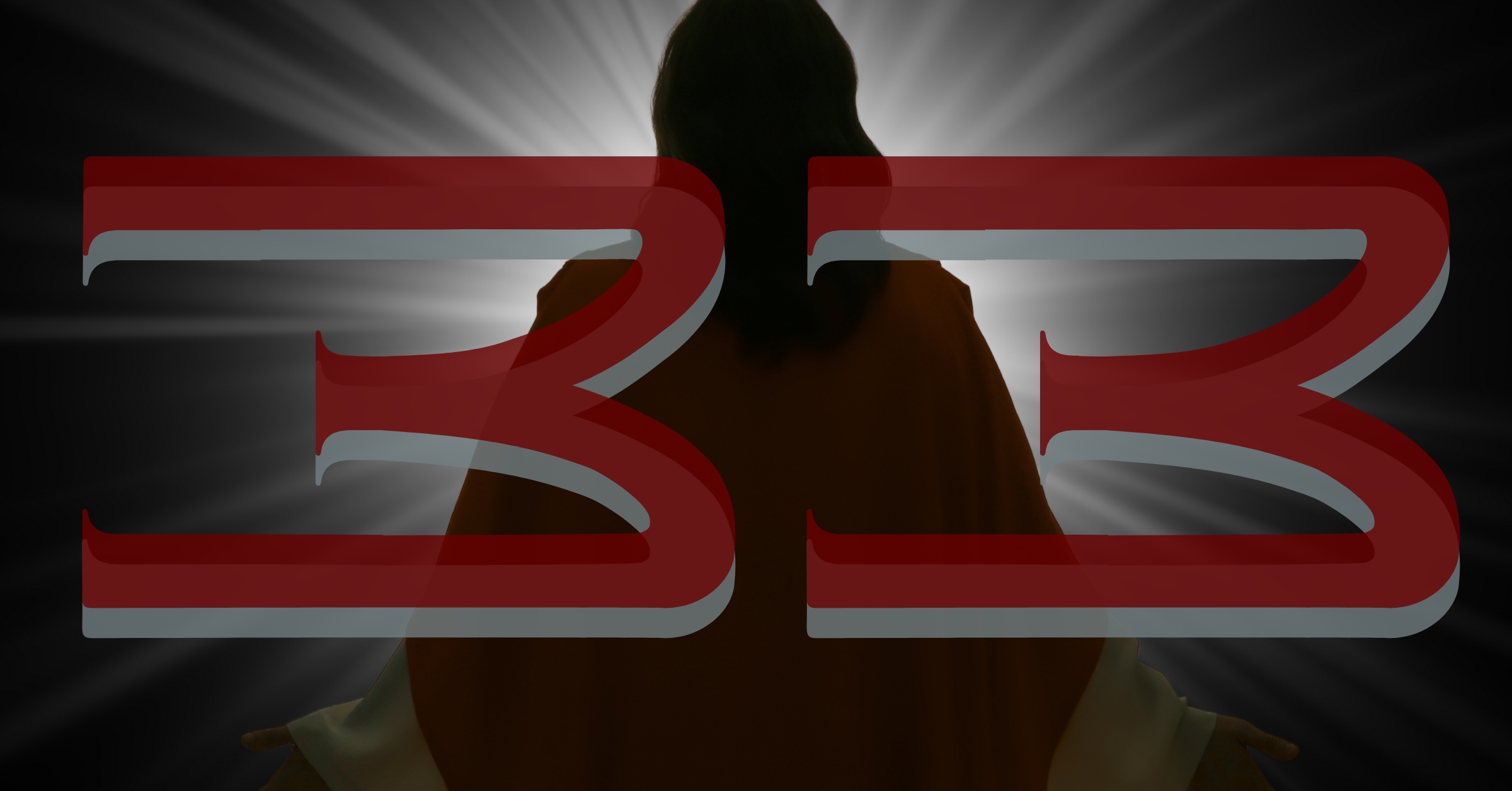A disturbing trend is rising. People are calling for Trump’s assass1nation.[1] Political discourse has shifted from divisive and shrill, to radical and violent. Meanwhile, there have been four confirmed attempts on the president’s life, one of them missed by mere inches. This is getting out of hand.
Ironically, the same people calling for violence against the elected president think they’re fighting for democracy. Apparently, people can avoid the courts, evade elections, derail due process, and bypass all the checks and balances of this constitutional democratic republic, and somehow they’re still “pro-democracy.” How does that work?
“The same people calling for violence against the elected president think they’re fighting for democracy”
Firebombing Car Dealers . . . Bad.
Now I don’t think Donald Trump is the best or the worst. He’s neither demon nor angel. And he’s definitely not the Messiah. As a Christian conservative, I have mixed feelings about him. But, I pray for him in office, just as I prayed for Biden and Obama before him. I believe in civic engagement, voting your conscience, and so forth. My view on Trump isn’t pollyanna or apocalyptic. I’ll give him credit when he’s right, and critique when he’s wrong. He needs the Constitution and the courts to keep him in-check and level-headed. Every other presidence had needed that same check-and-balance system. So, when I go on Facebook and X, and see people calling for his severed head, it’s a little startling.
I’ve been trying, and failing, to convince anti-Trumpers that regardless of their views on Trump, domestic terrorism is really bad and we shouldn’t support it.[2] You don’t have to be a Trump supporter to recognize that “killing is bad.” But, those same people argue instead that firebombing a car dealership is “pro-democracy,” erecting a guillotine outside a Trump rally is just “good clean fun,” and that we should be cheering for assassination attempts against Trump. Folks, this is not okay.
Of course, radicals are going to do what radicals do. We can expect veiled threats of violence in the wafting smog of hot air from loud-mouth critics, social media incels, and guerilla radio pundits. Till Christ returns, we can expect as much. That’s bad, of course. But, there are loud-mouth fools on the political right, left, and middle. As long as it’s just talk, then we might not need to sound the alarms just yet. As long as they stay on the fringes, they aren’t the political “base” of their party. But the fringe isn’t so “fringe” anymore.
“The fringe isn’t so ‘fringe’ anymore.“
The Fringe is now the Base
The radical edge of the Democrat party is quickly becoming the core of the Democratic party. We’ve seen a lot of this shift in real time, over the last 12 years or so. There’s Occupy Wall Street (2011-2012), BLM (2013). Antifa (2016), George Floyd riots (2020-2021), not to mention the disorienting rise of radical Trans-activism (2016-2023) and the Covid chaos of 2020. And that’s not even counting “old-school” terrorists like Weather Underground, the Black Panthers, and the Animal Liberation Front (ALF). To be sure, the right wing have their issues too, and I don’t doubt that – if pushed – radical elements on the right could resort to violence too. Domestic Terrorism and violent extremism is not just a “left-wing” problem, even if that’s where some of the loudest support is right now. The point is the mainstream left is starting to sound and act like domestic terrorists.
The “left” has pulled hard left since at least 2012. The “radical fringe” of progressive radicals, neo-marxist revolutionaries, and anarchists isn’t “fringe” anymore. They’re mainstream.
The Conversation Has Changed
If you’ve been tracking the tone of political discourse in the last few years, you’ve seen a swelling violent undercurrent. Political discourse is losing the humility, sophistication, and mutual respect it once had. People now talk at their political opponents like they’re instructing imbeciles, house-training a puppy, or even rebuking a demon. The conversation has changed, for the worst.
I’ve been monitoring this trend, in part, because of my background in logic and debate. I taught logic and debate at the high school and college level. I’ve organized and participated in several formal debates. I celebrate respectful, intelligent, civil discourse. I honestly don’t trust people who agree with me on everything, because that means someone’s lying. We all have disagreements. That’s normal and healthy. And we can’t mature very well, socially, unless we learn how to respectfully engage over contentious topics and dialogue through our disagreements. That’s a big part of adulting.
For all the risks and drawbacks that come with that aspect of free speech, it’s critically important that we have the freedom to disagree or we lose one of the most basic tools for warding off tyranny and correcting injustice. Not to mention, as a Christian, free speech means people like me have the freedom to confess and share our faith with others, preaching, teaching, and shining God’s light into a dark and dying world.
In recent years, however, civil dialogue has been drowning in the undertow of angry tirades, ignorant screeds, paid propaganda, and deliberate misinformation. And with the rhetorical swell, there’s been a rise in violence. We aren’t just dealing with a “few outliers” anymore, or the occasional random crazy person. Trump has already survived a near-miss assassination attempt, so we know it’s not just idle threats either. Mainline and establishment lefists are calling for political violence (i.e., literal domestic terrorism).
Rationalized Violence
People don’t just support violence because they like being the bad guy. That’s not how sympathy for the devil works. Instead, people want to feel like truth, goodness, and justice is on their side. So, they argue that this violent act is a necessary evil for the sake of some greater good. That necessary evil might not seem palatable at first. But with a little desensitization, ordinary men can become killers; peaceful pedestrians can be made to cheer for crimes against humanity.[3] That desensitization can be as simple as media streams constantly comparing Trump to “Hitler,” calling him a “Fascist,” “Dictator,” and “Autocrat.” And social media algorithms can populate our news feed with alarmist click-bait and conspiracy theories casting Donald Trump as the devil incarnate. The perspective shift can be so gradual you don’t even notice your own moral drift. Domestic Terrorists start looking like “Freedom Fighters.” Soon you’re imagining how the world would be better off without him.
At that point, it’s easy to rationalize violence. If Trump is as bad as his critics are saying, then assass1nation sounds entirely justified. If you’re creative enough, or deluded enough, then you can make any sort of violence sound plausible. The pandemic of Trump Derangement Syndrome has gotten that bad.
Even if Trump were to save America $10 trillion dollars of government waste, drain the swamp, secure the borders, save thousands of lives through healthcare reform, convict thousands of violent gang members and fentanyl smugglers – every one of those “wins” will be interpreted in a conspiratorial way to make Trump out to be a racist, elitist, megalomaniacal dictator and all those “wins” are just bribing people into compliance with his demagoguery.
Government Overreach Across the Aisle
Now to be fair, Trump is certainly more aggressive in office than Biden was. But, every potential overreach from Trump is being challenged in the court system – as it should be. And the outsized power of executive orders, in Trump’s hands, stems from the Obama and Biden-era precedent, where both of them expanded the power of the Executive office. Trump is still working within their established order. Not to mention, we have recent memories of Obama earning the title “the Deporter and Chief,” and Hillary Clinton, Nancy Pelosi and Chuck Schumer all talking tough about strong borders. Meanwhile, the deep state shenanigans of USAID, FBI, DOJ, and CIA, were operating at full force under Obama and Biden. We could also talk about government overreach in the form of DEI programs, activist judges, vaccine mandates, and more. Government overreach has never been a uniquely Republican phenomenon. If you’re on the progressive left, and you don’t fear government overreach till it’s coming from the other guys, then it’s not authoritarianism you dread, it’s conservatism.
If you’re on the progressive left, and you don’t fear government overreach till it’s coming from the other guys, then it’s not authoritarianism you dread, it’s conservatism.
Worldview Factors
One reason domestic terrorism is easily rationalized among progressives is because many on the left have already committed to a flexible view of truth, language, and reality. For example, the popular left-wing perspective known as Critical theory tends to oppose and question any hard facts, asserting instead that everything is a social construct. Instead of factual knowledge, it’s all perception and interpretation. Unfortunately, those can be stretched to make anything fit.
When your grasp of language, factual truth, and subjective bias are all entirely framed by social constructs, then truth doesn’t matter much anymore. You can make any behavior seem justified through word games, propaganda, and emotional manipulation. I’m sure, Ring-wingers have their self-serving biases too. But, social constructivism is a common theme among modern leftists, and it offers no safeguard against radicalism, violence, or domestic terrorism.
A lesson from 1984
This truth-issue reminds me of one of the most chilling details in George Orwell’s dystopian novel 1984. When the protagonist, Winston Smith, is arrested and interrogated by a “Big Brother” agent, the agent eventually admits that truth doesn’t matter to him. For him, power is all that matters. Truth and falsity are just tools to be used, as needed, to collect more power. There’s no ultimate accountability for our actions, there are just winners and losers. Righteousness is irrelevant because any demon powerful enough to “win” can rewrite the history books afterward and make himself the hero. He doesn’t have to be a hero – that’s a truth-claim. He just has to win. Then he can invent the hero part.
Historically, reality has been the final arbiter between competing forces. People disagree about scientific theories? Let reality decide. People disagree about what “woman” means? Let reality decide. People disagree about American history since 1619? Let reality decide. But now a deeper deception has crept in. It whispers that no one really knows the truth. It’s all social constructs. It’s all relative. Perception is reality. Underneath it all, everything is really about the age-old struggle between the “haves vs have-nots”. These relativist themes tie together a whole batch of theories common to left-wing politics: postmodernism, critical theory, Marxism, Neo-Marxism, nihilism, absurdism, anarchism, critical race theory, queer theory, and more. From that adjustable platform, you can rationalize any amount of distortion, lying, deception, propaganda, and yes, even violence. All of that can be rationalized for the sake of securing more power for your side.
Let’s Call it What it Is
Ultimately, when it comes to actual political violence, we need to call it what is: Domestic Terrorism. And terrorism is a poor man’s authoritarianism. When people resort to terrorism they are using fear and violence to force their political agenda on others. That’s what we’re dealing with in all the “assass1nation idealization.” That’s what we’re dealing with in the fire-bombings on Teslas dealers. That’s what we dealt with in the BLM riots of 2020-2021. That’s what we dealt with in the attempts on Trump’s life.
People may think they’re just rooting for “the good guys” through pragmatic means, but when folks are quick to violence at the expense of courts, elections, and the democratic process, they are not fighting FOR democracy, they’re fighting for terror. The “means” has become the “ends”.
A Poor Man’s Authoritarianism
It’s like when a team of bank robbers get their way through fear and intimidation. For all we know, they may have suffered terrible injustice, maybe they are poor by no fault of their own, or they lost their jobs for bogus reasons. We don’t know. But regardless of the injustice done to them, they are still terrorizing innocent people in that bank. In that way, terrorism is a poor man’s authoritarianism. It’s a method of getting your own way, even if no one votes for you, likes you, or agrees with you.
“Terrorism is a poor man’s authoritarianism.”
As Christians we need to be especially discerning in these confusing times. Scripture encourages us to weigh both sides of a matter, “The one who states his case first seems right, until the other comes and examines him” (Proverbs 18:17; ESV). And Proverbs 6:17 warns us that, God hates “haughty eyes, a lying tongue, and hands that shed innocent blood.” We need an extra dose of wisdom these days. It’s all too easy to be deceived by our own latent bias. It’s not enough to just “do the right thing” either. We must do it the right way or else it’s not the right thing.
Leftists cheering for violence is nothing new. And it’s not unique to the Left either. But, the degree of foolishness and delusion behind it might be a new peak. Meanwhile, Christ-followers must honor the sanctity of human life at every turn, even when it means loving our enemies and praying for those who persecute us (Matthew 5:44).
References:
[1] I don’t have exact numbers. We probably won’t have any credible surveys on this any time soon, since threatening the president’s life is a federal offense. You can see some of these threats replayed at Trump’s impeachment trial here. Christian author and political moderate, George Yancey has been writing about this alarming trend calling it “assass1nation idealization.” And conservative commentator Allie-Beth Stukey has been calling out democrat politicians and pundits for advocating for violence. The Trump administration also compiled a list of violent threats against Trump from Democrat politicians sometimes veiled, and sometimes overt.
[2] I’m not speaking of most or all people on the political left, but only a sample of folks on the left. For the record, there are radical revolutionaries on the right wing too.
[3] Regarding evil possibilities from “ordinary men,” see Christopher R. Browning, Ordinary Men (2017). See also, Hannah Arendt, Eichmann in Jerusalem: A Report on the Banality of Evil (2006).
Recommended Resources:
Was Jesus Intolerant? by Frank Turek (DVD and Mp4)
Correct not Politically Correct: About Same-Sex Marriage and Transgenderism by Frank Turek (Book, MP4, )
Stealing From God by Dr. Frank Turek (Book, 10-Part DVD Set, STUDENT Study Guide, TEACHER Study Guide)
Legislating Morality: Is it Wise? Is it Legal? Is it Possible? by Frank Turek (Book, DVD, Mp3, Mp4, PowerPoint download, PowerPoint CD)
Dr. John D. Ferrer is a speaker and content creator with Crossexamined. He’s also a graduate from the very first class of Crossexamined Instructors Academy. Having earned degrees from Southern Evangelical Seminary (MDiv) and Southwestern Baptist Theological Seminary (ThM, PhD), he’s now active in the pro-life community and in his home church in Pella Iowa. When he’s not helping his wife Hillary Ferrer with her ministry Mama Bear Apologetics, you can usually find John writing, researching, and teaching cultural apologetics.














